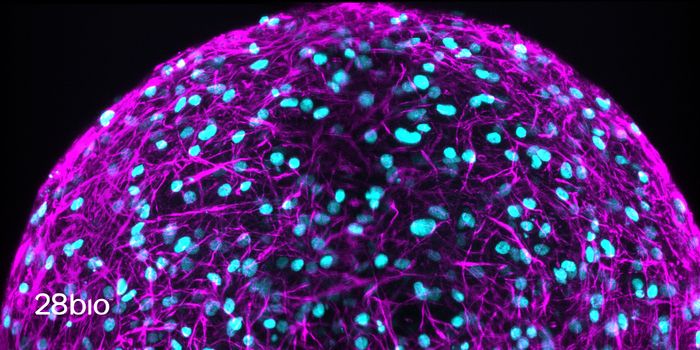From Ritalin to Cocaine Treatment: Chemists use tungsten to break major barrier in drug discovery
Despite over 70 years of extensive neuroscience and pharmacological research, not a single medical treatment for cocaine addiction is available. However, a new advancement in chemistry using tungsten may have given drug addiction researchers everything they need to build an effective treatment for cocaine usage.
image: brittle tungsten
Cocaine treatment is a matter of great urgency for the 1.3 million individuals in the United States (0.5% of the population) who are grappling with addiction to this stimulant. Unlike heroin’s methadone, there’s no approved pharmacological treatment for this drug dependency.
Since the 1980s, scientists have known of a potential link between cocaine addiction and methylphenidate (MPH). MPH is the critical component of Ritalin, the widely used drug for attention deficit hyperactivity disorder (ADHD). Initial findings suggested that MPH could decrease drug use in cocaine-addicted individuals with ADHD. Unfortunately, it was ineffective for the broader population of non-ADHD cocaine abusers.
MPH comprises four similar molecules with minor structural variations, called isomers, each containing a piperidine ring. To date, the development of MPH analogs has hampered chemists' ability to manipulate these recalcitrant rings effectively. A groundbreaking study recently published in ACS Central Science has illuminated a new path.
Principal investigator W. Dean Harman, has studied the abilities of tungsten to manipulate pyridine rings for over a decade and the powers of tungsten for more than three. Leading a team of researchers at the University of Virginia’s Department of Chemistry, the group harnessed an organometallic method to transform obstinate piperidine rings into MPH derivatives. This innovative approach leverages tungsten's unique properties to chemically construct new compounds.
This achievement is years in the making and offers a crucial tool for future drug discovery efforts. With these piperidine ring MPH isomers in hand, the door is open to exploring their potential as a foundation for small-molecule drugs. The path forward is promising, as researchers now have new compounds to test in the quest for the elusive pharmacological treatment for cocaine addiction.
Sources: Psychiatric Clinics of North America, NIH, ACS Central Science, Organometallics









